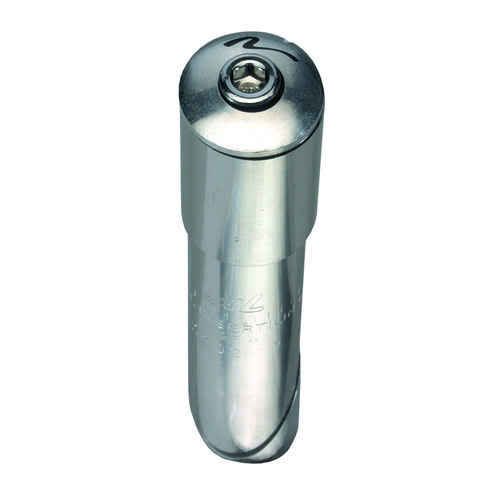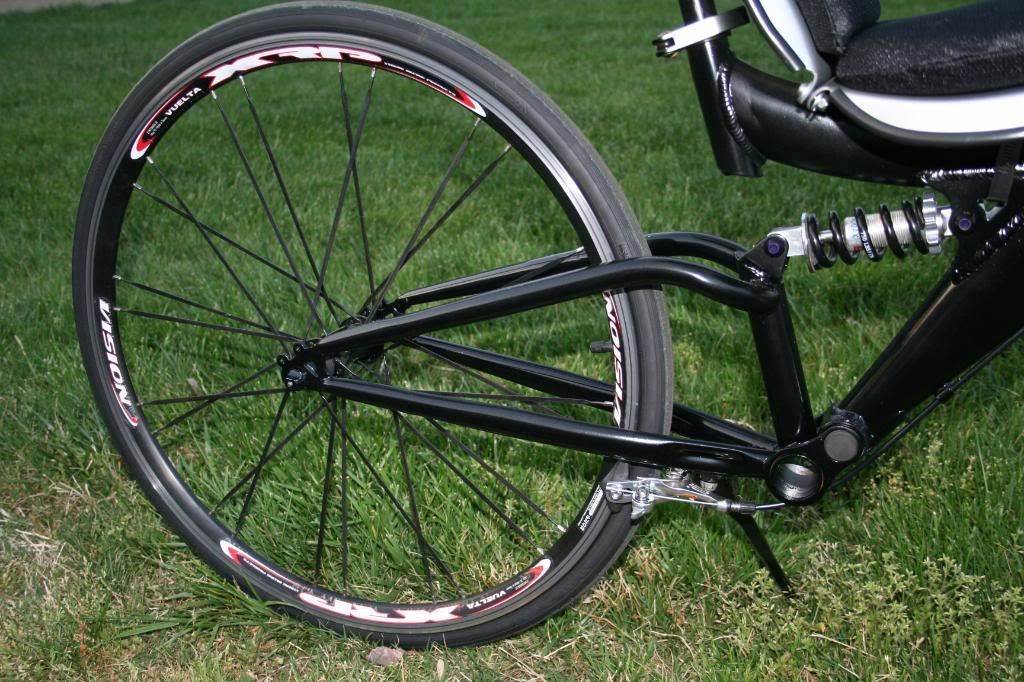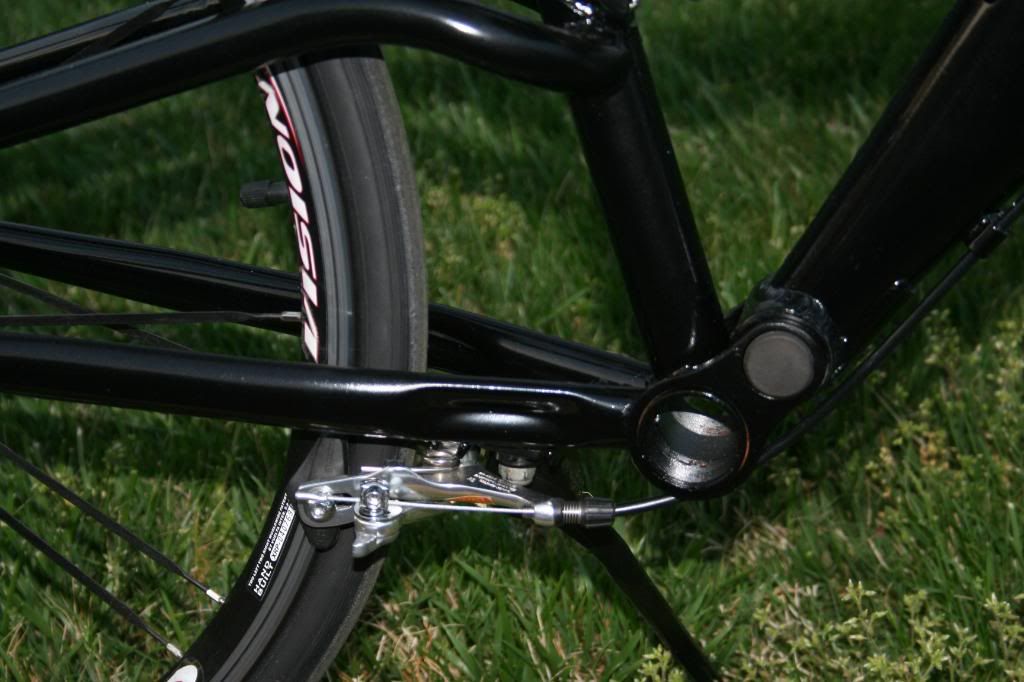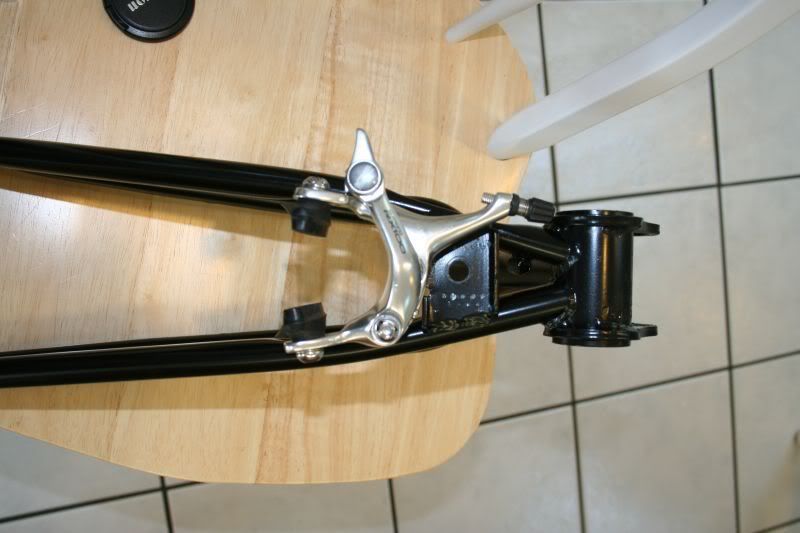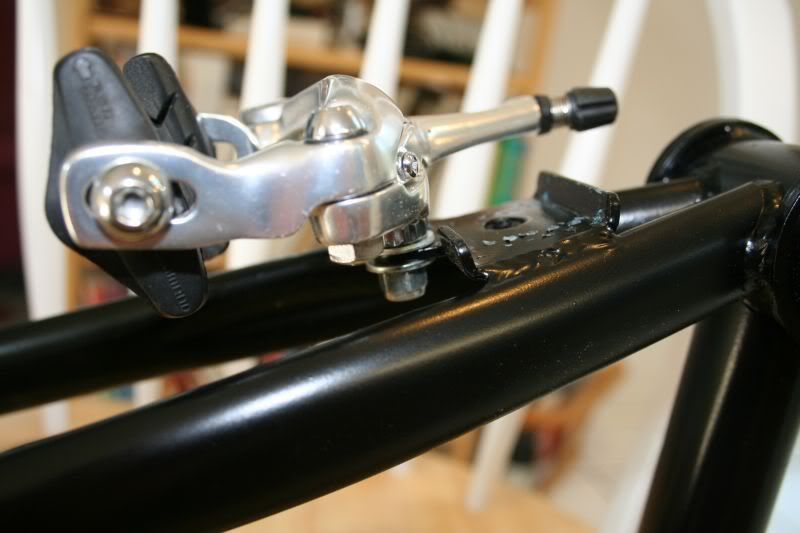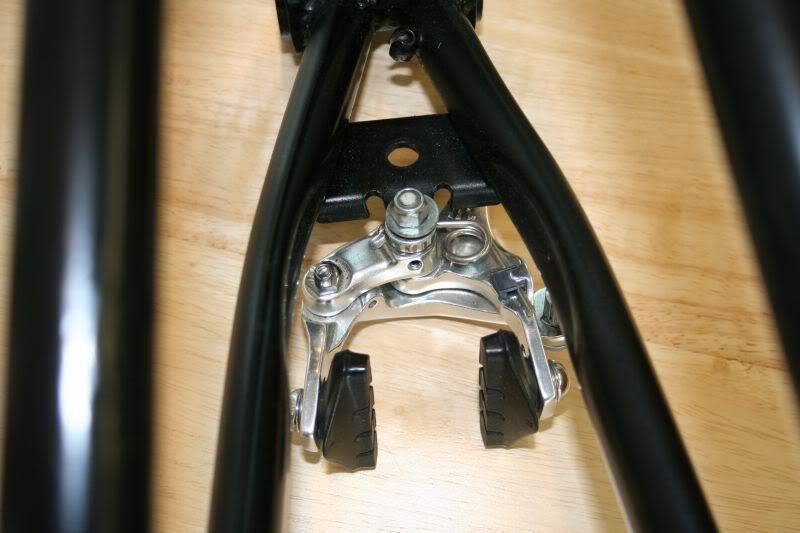So, I managed to do this and have two days under my belt. I was going to convert my wife's bike first but am still waiting on parts. I got antsy and finished off my Joshua XO in one evening with a little polishing on the cable adjustments the next morning. I haven't posted a picture because it looks exactly like the other two already on the conversion page (this almost sounds religious).
I have a greater appreciation for everything I have previously read on this forum!!!
The instructions are inadequate. I spent far too much time pondering orientation and engineering; picking the most plausible of several options. Somebody needs to rewrite these from a newbie's perspective! More pictures would be helpful.
I have a question. Instruction number 67 states "If you have an ahead type, place the Insert Collar (Part C6) inside the top of the fork neck tube. Tap it down so that at least 2/3 is inside." Is this really going to work? The OD of the insert collar is just marginally smaller than the OD of my fork, let alone the ID. This is not tapping, I am going to need a sledge hammer.
I am riding this around the parking lot without the insert. I will not put any real torque on the headset until I get some guidance from you all.
BTW - After my first two rides, I also gained a quick appreciation for all the entries under riding technique. My first attempt was so ugly it was embarrassing. I didn't want to shame the neighborhood, so I loaded the bike in my truck and headed over to the high school parking lot (anonymity is soothing to the soul). I was real wobbly to start with and wondering if I had made a very expensive mistake. Within a couple of minutes I was doing nice lazy circles around the lot. I quickly realized I was only turning left and burning that into muscle memory. I forced myself to make right turns, which by this time were much more uncomfortable. I was soon doing figure 8's, wide slalom, straight lines following the lines in the lot. I am by no means ready for prime time (traffic), but this morning I brought the workout back to the neighborhood and managed to get a half hour in without making a fool of myself. Starts and stops are still less than graceful, but I figure that is a matter of achieving a new sense of balance.
The lazy initial workouts are also good for working out the bugs on the setup. I have found the brakes, especially on the reversed front fork have required some attention.
This is going to be fun! I hope I can talk my wife through the first two minutes.
Thanks for your help.
Alan
I have a greater appreciation for everything I have previously read on this forum!!!
The instructions are inadequate. I spent far too much time pondering orientation and engineering; picking the most plausible of several options. Somebody needs to rewrite these from a newbie's perspective! More pictures would be helpful.
I have a question. Instruction number 67 states "If you have an ahead type, place the Insert Collar (Part C6) inside the top of the fork neck tube. Tap it down so that at least 2/3 is inside." Is this really going to work? The OD of the insert collar is just marginally smaller than the OD of my fork, let alone the ID. This is not tapping, I am going to need a sledge hammer.
I am riding this around the parking lot without the insert. I will not put any real torque on the headset until I get some guidance from you all.
BTW - After my first two rides, I also gained a quick appreciation for all the entries under riding technique. My first attempt was so ugly it was embarrassing. I didn't want to shame the neighborhood, so I loaded the bike in my truck and headed over to the high school parking lot (anonymity is soothing to the soul). I was real wobbly to start with and wondering if I had made a very expensive mistake. Within a couple of minutes I was doing nice lazy circles around the lot. I quickly realized I was only turning left and burning that into muscle memory. I forced myself to make right turns, which by this time were much more uncomfortable. I was soon doing figure 8's, wide slalom, straight lines following the lines in the lot. I am by no means ready for prime time (traffic), but this morning I brought the workout back to the neighborhood and managed to get a half hour in without making a fool of myself. Starts and stops are still less than graceful, but I figure that is a matter of achieving a new sense of balance.
The lazy initial workouts are also good for working out the bugs on the setup. I have found the brakes, especially on the reversed front fork have required some attention.
This is going to be fun! I hope I can talk my wife through the first two minutes.
Thanks for your help.
Alan

